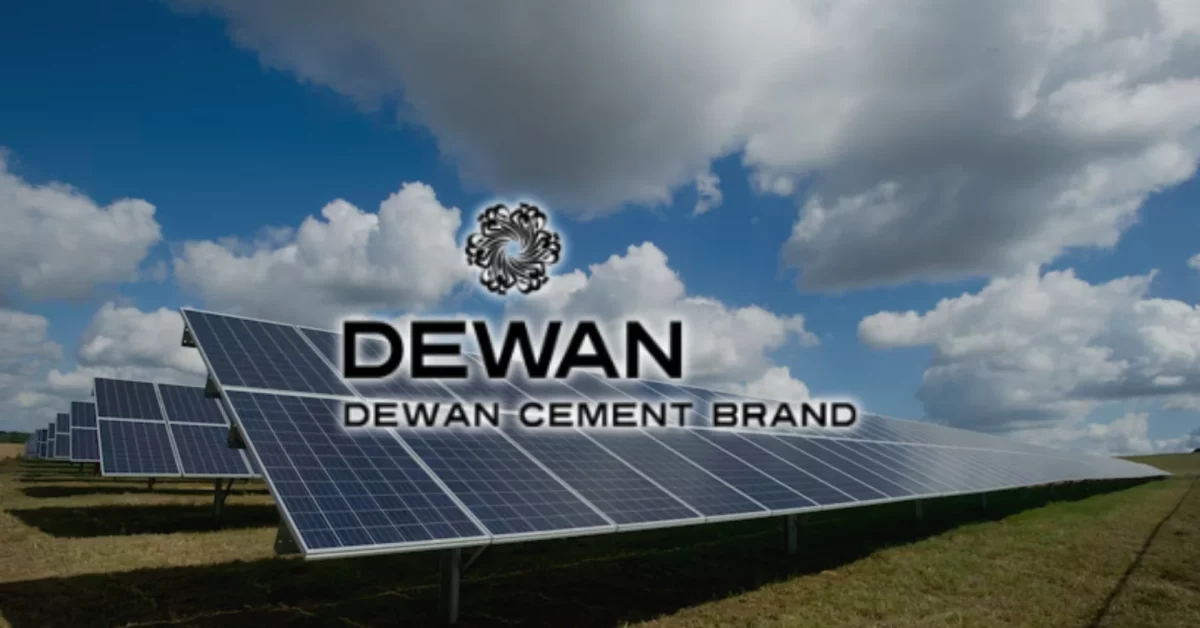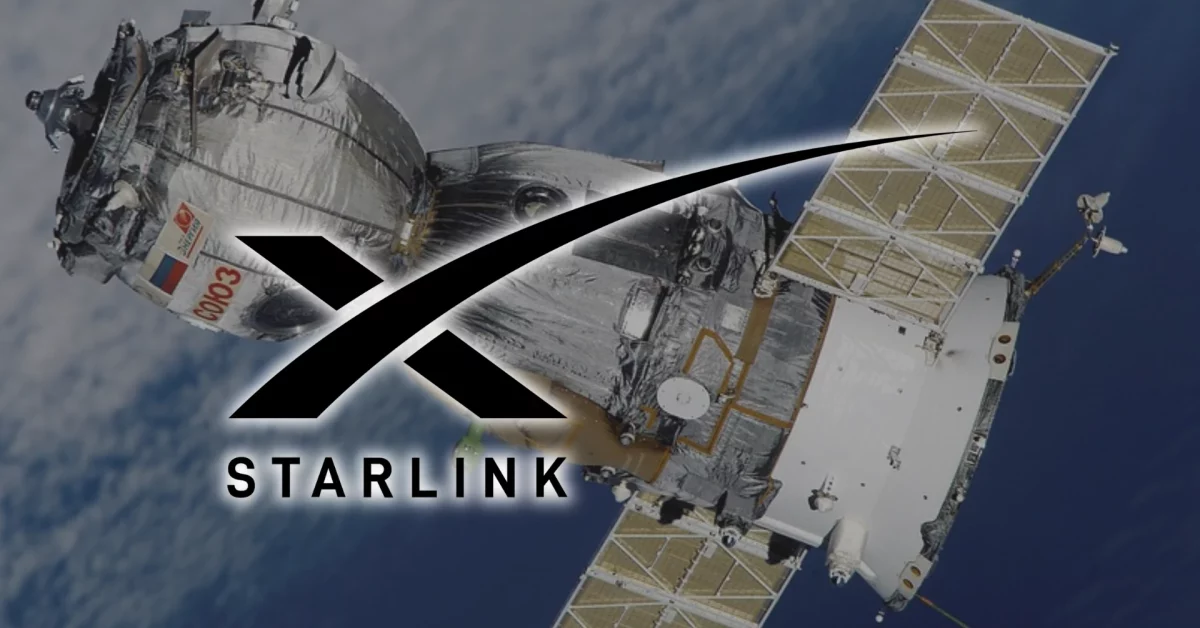
Pakistan drops down to 153rd position in UN’s E-Government Development Index
August 23, 2021
Pakistan’s digital achievements through Ignite and PITB shine among SCO members convention in China
August 25, 2021Digital farming (E-Agriculture) essential for Pakistan’s Green revolution
Farming or traditional agriculture value chain can be made more efficient by integrating new digital technologies and communication systems. In the modern world, agriculture is being replaced with E-agriculture. E-agriculture helps farmers improve agriculture outputs by enabling their access to the latest agriculture knowledge and technology thus having a wider strategic impact on their livelihoods. Agriculture is an important sector of Pakistan’s economy. This sector directly supports the country’s population and accounts for 26% of gross domestic product (GDP). The major agricultural crops include cotton, wheat, rice, sugarcane, fruits and vegetables. 42% of the labor is employed either directly or indirectly with the agriculture value chain.
With the introduction of leading global players in Pakistan, sources have reported that China has shown interest in sharing its experience and help to integrate information technology in the agriculture sector to support the green revolution in Pakistan. Facing the common challenge of climate change, pandemic, and population growth; smarter and digital agriculture is the way forward for many countries including China.
In the past, farmers labored for hours in the fields. But now farm work can be done with internet systems, said a staff member of the exhibitor, Ningxia Green Pioneer (Lvxianfeng) Agricultural Mechanical Services Company, which has transformed local farming model with drones, precision hole-sowing machines, driverless harvesters and plant protecting devices, remote surveillance equipment, etc. supported by the Internet of things, cloud technology, big data, etc.
Lv Xianfeng, a leading Chinese entity applying digital technologies to modernize agriculture in China has shown interest in knowledge sharing with Pakistan to digitalize its agriculture sector. In China, the company set up a remote monitoring command service centre for visible, standard, and digital farming. Soil, seedlings, pests, diseases, and disasters are monitored, early warnings are sent in case of abnormalities, and automatic solutions can be identified. From sowing, cultivating, to harvesting, the crops grow under close and accurate supervision. “Under this whole-process land trusteeship, USD 230 can be saved per hectare,” revealed the company staff. “Not all farmers had trust in this new model at the beginning, but after getting to know and see what it can achieve, they started to acknowledge its benefits.”
“If there is a chance, we are willing to join the Special Economic Zones (SEZs) under CPEC,” company staff said. Over the years, countries along the Belt and Road Initiative (BRI) including Pakistan have collaborated to explore the Digital Silk Road and reaped fruitful benefits in this regard. This was stated by Li Yikai, Deputy Director of Centre for International Economic and Technological Cooperation, Ministry of Industry and Information Technology of China (MIIT), at the 2021 Online Silk Road Conference of the Fifth China-Arab States Expo held in China’s northwest city of Yinchuan.
Apart from the cooperation in the satellite navigation system, digital cooperation in other areas also abounds between China and Pakistan. According to media reports, the China-Pakistan Cross-border Fiber Optic Cable was completed in July 2018, marking the first cross-border terrestrial cable directly connecting China and Pakistan. The 820km cable, which spans from Urumqi to Rawalpindi through the Khunjerab Pass at the China-Pakistan border, is reported to boost bilateral digital connectivity, a real facilitator of the telecom and ICT industry in Pakistan.






